
LS3-powered Lamborghini Miura replica
Story by Jim Simpson
Photos by Chuck Simpson
Named after a famous breeder of Spanish fighting bulls, the Miura is widely regarded as the first supercar. Built by the Italian automaker Lamborghini from 1966 to 1973, its lithe lines and exhilarating performance still hold an allure to this day, which makes it an ideal exotic to emulate, especially when enhanced with readily accessible American mechanicals.
The build was originally done by V8 Archie, known for his Fiero V8 conversions, about 10 years ago. The car was built for a Texas doctor who wanted a Miura that he could drive reliably on long trips.
Starting with a fiberglass Miura body made in the U.K., Archie and his crew straightened and sorted out the body, adding metal stiffening throughout, and adapted a Fiero platform to accept the body. They custom-built a dash, console, and overhead console; modified a set of aftermarket bucket seats; and scratch-built Miura-style inner door panels. The car was finished off in a lovely blue metallic paint scheme.
Of course, the Pontiac Fiero’s phlegmatic Iron Duke four-banger, or even its later V6 engine, would be poor substitute for the Miura’s V12. In keeping with Archie’s company mission, an engine swap was clearly needed. So a Corvette LS3 engine, making roughly 435 hp, was mated to a GM transverse five-speed gearbox for power. The chassis was also lengthened and the suspension upgraded to handle this generous power enhancement. Impressively, Archie and his technicians were also able to modify and create an air-conditioning system in the car as well.
In addition, they created headlight mechanisms that copy those of an original Miura and rise electrically when the lights are switched on. For taillights, they used modified Fiat X1/9 lights. Custom 17-inch wheels were made by Boyd Coddington to fit the 5x100 Fiero bolt pattern.
In 2016, the car was purchased by an overseas buyer from the estate of the doctor, who had enjoyed the car for a number of years. The new owner sent it to Simpson Design of Clinton, Washington, for some rework, as there had been shrinkage in the body around where all the stiffening steel had been installed. The new owner and the staff at Simpson Design also agreed that a number of details were incorrect on the car, and a color change was in order.
The new owner wasn’t fond of the original blue metallic paint, and timing was right for a color change after the fiberglass repair was finished. Refurbishment continued on the interior where a couple improvements were necessary. The seats were nice enough, but not the correct shape for a Miura. So Simpson Design scratch-built new seats and had them upholstered to match the existing interior. The original tan carpeting was changed out for a medium gray to go with the late-model Ferrari yellow the client chose for the body.
While stylish, the wheels did not say Miura, so an original Miura wheel was sent to Chris Coddington (Boyd’s son) to copy. Months later, they had produced a lovely set of reproduction wheels, with center caps and faux knockoffs that actually thread into the wheels. The fresh alloys were wrapped in a set of BFGoodrich 225/50R16 front and 245/50R16 rear. What a transformation.
The Fiat taillights were similar in nature to a Miura SV but were not correct for the narrower rear fender car, so the crew fabricated new pockets like those used on the original Miura. Simpson was also able to source new, period-correct taillight assemblies.
In addition, the Miura P400’s SV badge was deleted from the rear of the car, as it did not fit since the body is based on the S model. A few concessions from originality were made though. The headlight eyebrows and surrounding recess area were omitted in the style of the Lamborghini Jota. Most original Miuras were also made with manual windows, but this car is fitted with power windows. However, the windshield is actually a replacement Miura windscreen, but it’s held in with butyl rubber like modern cars.
Is the car quick? Beyond a shadow of a doubt, and it’s likely even faster than an original since it has about another 100 horses on tap. All of which makes this fighting bull even more ferocious.

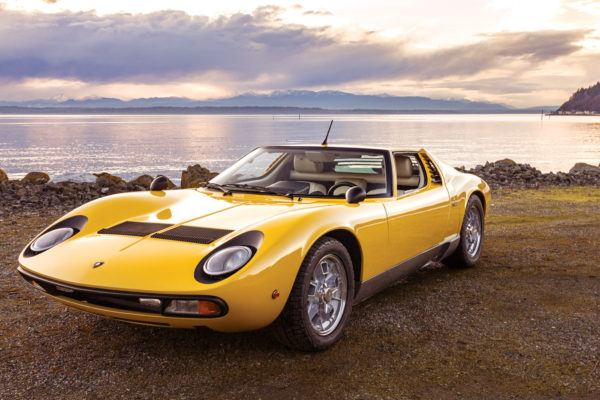
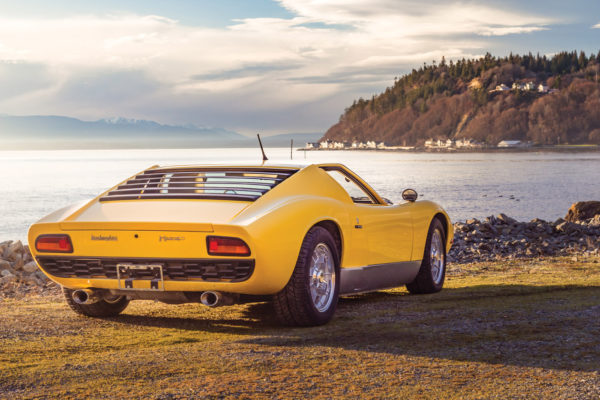
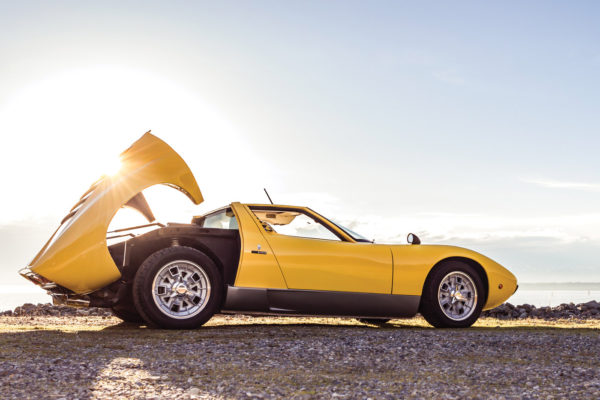
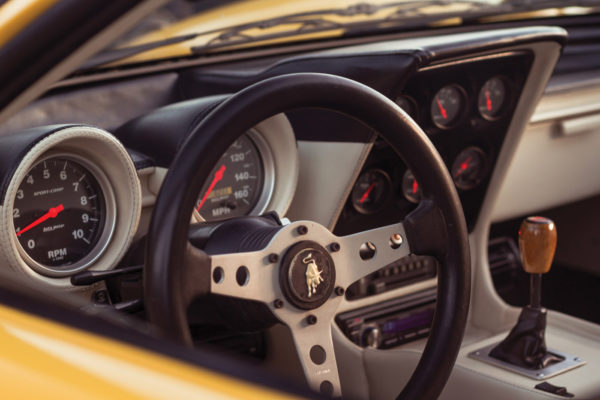
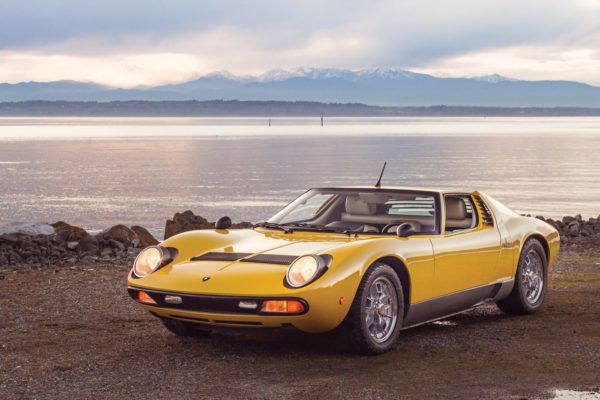

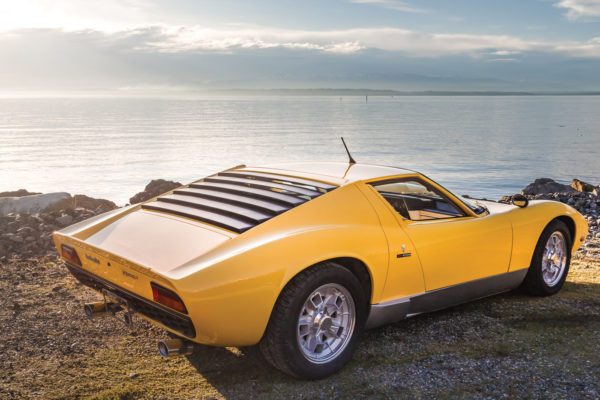
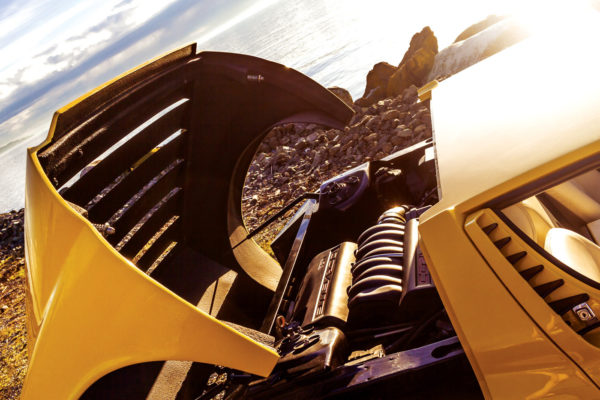
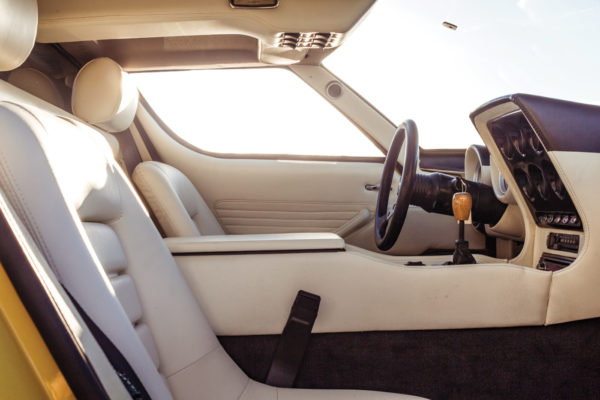
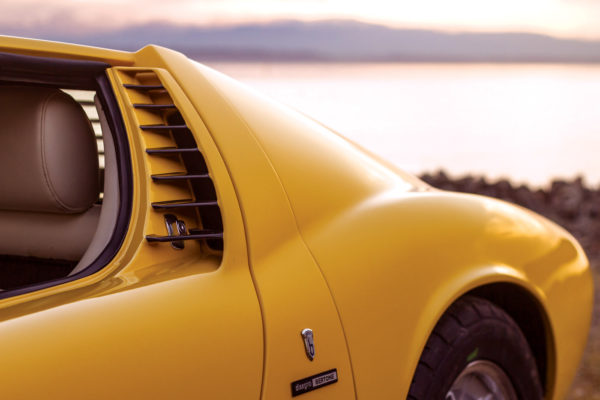
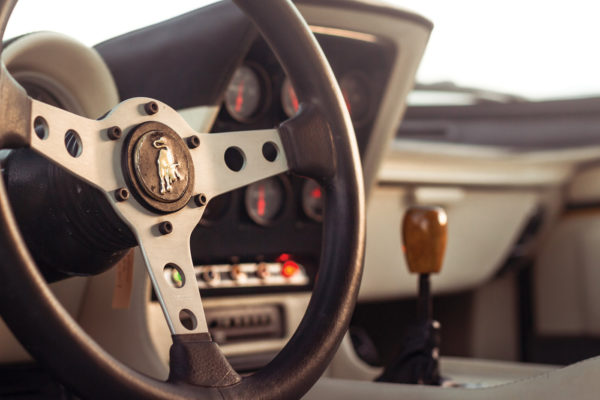

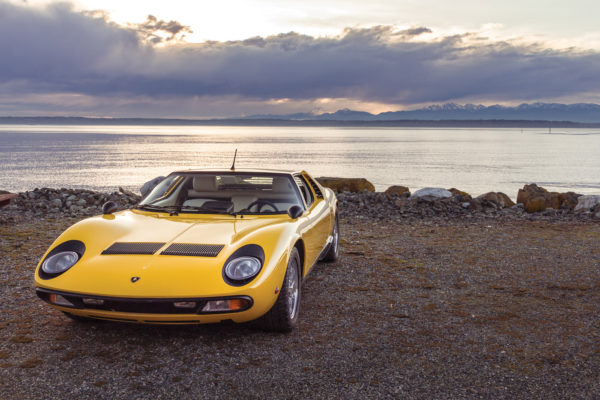
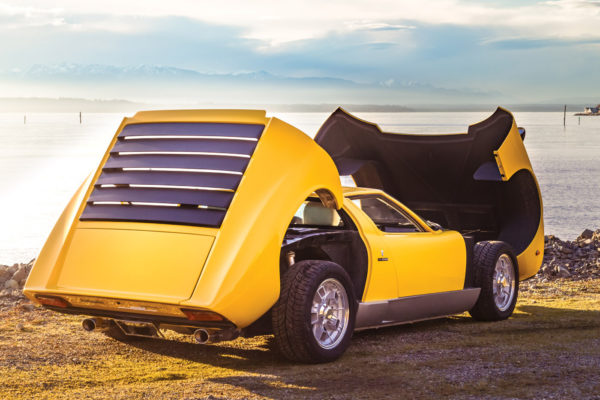
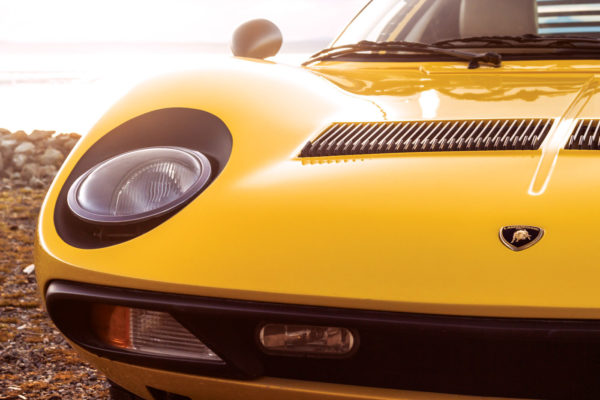
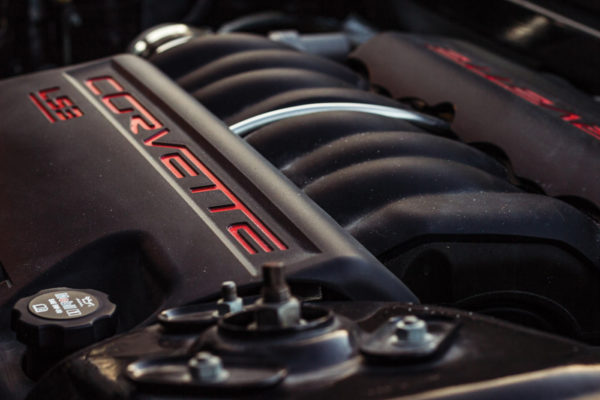

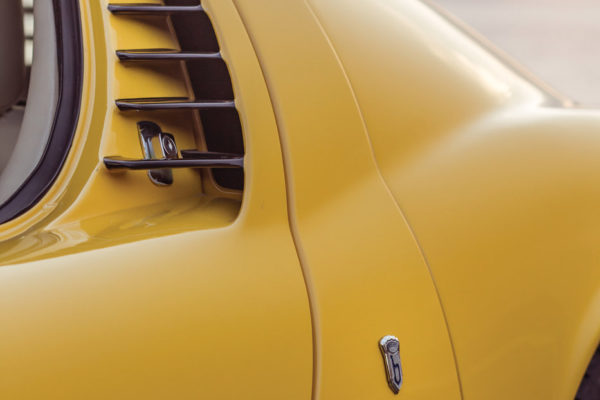
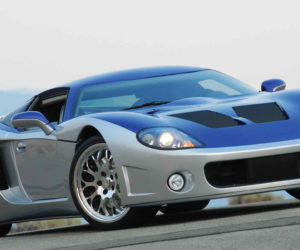
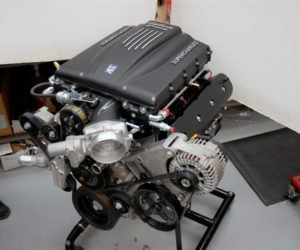
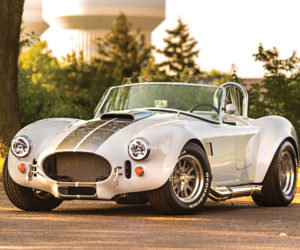
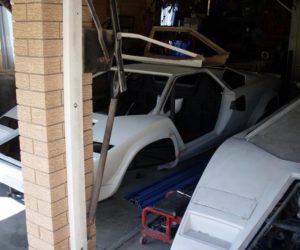
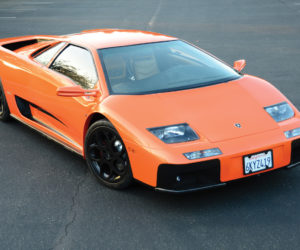
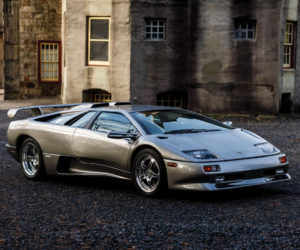




Comments for: Ferocious Bull
comments powered by Disqus